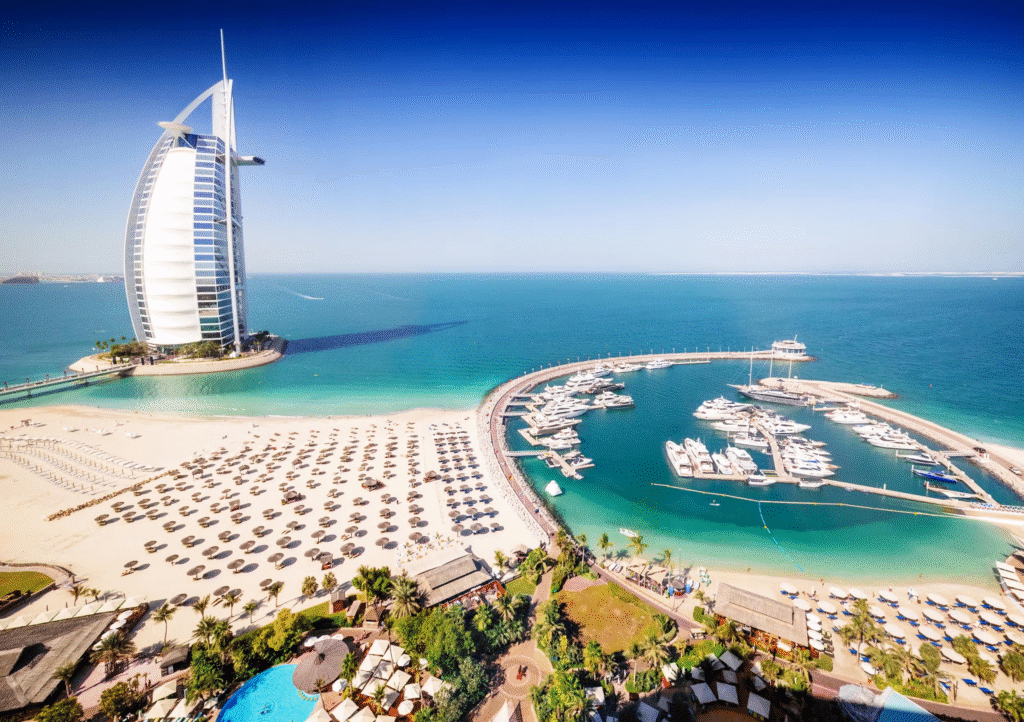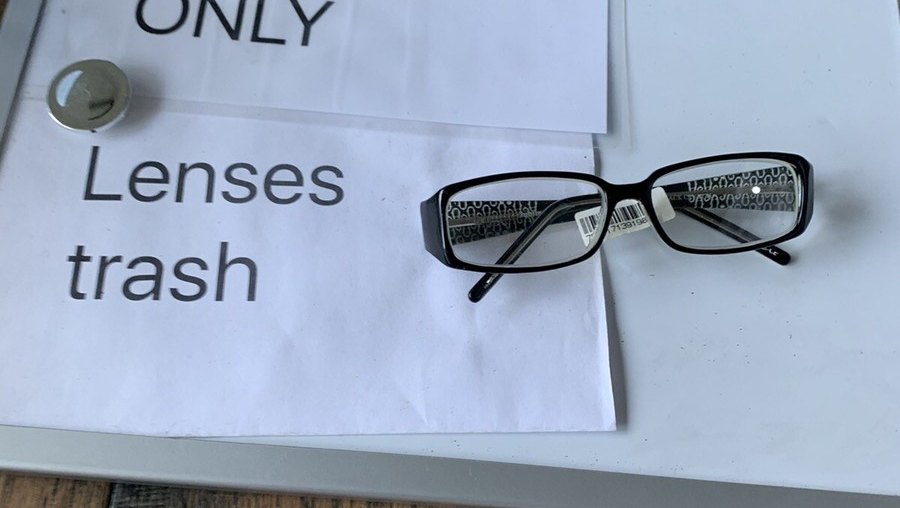Now Reading: Which Emirates in Dubai Have the Highest Property Demand?
-
01
Which Emirates in Dubai Have the Highest Property Demand?
Which Emirates in Dubai Have the Highest Property Demand?

Table of Contents
Imagine owning a vibrant apartment or a sprawling villa in Emirates in Dubai, where demand is soaring, prices are climbing, and your investment thrives in a city buzzing with opportunity. Dubai’s real estate market is a magnet for investors and expats, offering no personal income tax, capital gains tax, or annual property taxes unlike cities like London or New York, where taxes can swallow 15-40% of returns.
The UAE’s dirham, pegged to the U.S. dollar, eliminates currency risk, and residential sales are VAT-exempt, saving thousands. With a 5% population surge, 25 million tourists, and 5-8% price appreciation expected in 2025, Dubai’s 6-10% rental yields outshine global hubs like London (2-4%) or New York (3-4%). Free zones offer zero corporate tax for up to 50 years, boosting profits.
Properties over $545,000 qualify for a 10-year Golden Visa, adding residency perks. This guide explores five Emirates areas in Dubai with the highest property demand in 2025 Dubai Marina, Dubai Hills Estate, Business Bay, Jumeirah Village Circle, and Palm Jumeirah helping you invest where the market is hottest.
Why Property Demand Is Booming in Dubai

Dubai’s tax-free structure is a major driver of property demand. With no personal income tax, a $300,000 property yielding 7% ($21,000 annually) stays fully yours, compared to $14,700-$16,800 after taxes elsewhere. Zero capital gains tax ensures a $150,000 profit on a sale is untouched, unlike $30,000-$42,000 lost in the U.S. or UK. Annual property taxes, common at 1-2% ($3,000-$6,000) in other markets, don’t exist in Dubai.
Residential sales are VAT-exempt, saving 5% ($15,000-$50,000), though off-plan purchases may incur recoverable VAT. The 9% corporate tax, introduced in 2023, doesn’t apply to individuals, and free zone companies with qualifying income face zero corporate tax, saving $1,000-$20,000 yearly. With 58% of buyers being foreign nationals, a growing expatriate population, and the 2040 Urban Master Plan fueling infrastructure, demand is surging, pushing prices up by 5-8% in 2025.
Dubai Marina: Waterfront Magnet for Buyers
Emirates, Dubai Marina, a freehold free zone, is a top-demand area driven by its waterfront lifestyle and tourist appeal. Offering 1-3 bedroom apartments and penthouses priced from $326,700 to $816,750, it delivers 6-8% rental yields. Projects like Marina Gate feature yacht views, retail hubs, and DMCC Metro access, attracting professionals and tourists. A $400,000 apartment yields $28,000 tax-free annually, versus $19,600-$22,400 elsewhere. With 6.2% price growth, selling it for $600,000 yields a $200,000 tax-free profit, saving $40,000-$56,000.
Initial costs include a 4% Dubai Land Department (DLD) fee ($13,068-$32,670), 2% broker fee ($6,534-$16,335), and a 10% deposit ($32,670-$81,675) with a 60/40 payment plan. Off-plan purchases may incur a 5% VAT ($16,335-$40,838), recoverable via Federal Tax Authority (FTA) registration for $500-$1,000. Annual maintenance fees are $2,000-$5,000, and landlords pay a 5% municipality fee ($1,400).
A free zone company eliminates corporate tax on up to $65,340 in rental income, saving $6,534 annually. U.S. investors can deduct depreciation ($11,873-$29,673) and management fees ($1,827-$5,227), saving up to $11,006. With short-term rentals boosting yields by 10-20% due to tourist demand, Dubai Marina’s high occupancy rates drive its popularity.
Dubai Hills Estate: Luxury Demand Powerhouse
Dubai Hills Estate, a freehold free zone, is a leader in luxury property demand, fueled by affluent buyers and strong appreciation. Offering 2-6 bedroom villas and apartments priced from $408,375 to $2.18 million, it delivers 5-8% yields. Projects like Emaar Collective 2.0 boast golf-course views, Dubai Hills Mall access, and top schools, attracting wealthy families. A $600,000 villa yields $36,000-$48,000 tax-free annually, versus $25,200-$33,600 elsewhere. With 28.7% villa price growth, selling it for $900,000 yields a $300,000 tax-free profit, saving $60,000-$84,000.
Initial costs include a 4% DLD fee ($16,335-$87,200), 2% broker fee ($8,168-$43,600), and a 10% deposit ($40,838-$217,800) with a 70/30 payment plan. Off-plan VAT of 5% ($20,419-$108,900) is recoverable via FTA. Annual maintenance fees are $5,000-$10,000, and landlords pay a 5% municipality fee ($1,800-$2,400). A free zone company eliminates corporate tax on up to $174,400 in rental income, saving $15,696 annually. U.S. investors can deduct depreciation ($14,836-$79,273) and management fees ($3,000-$8,000), saving up to $29,451. With Golden Visa eligibility and high expatriate demand, Dubai Hills Estate is a top choice for luxury investors.
Business Bay: Corporate Tenant Hotspot
Business Bay, a freehold free zone, sees soaring demand from corporate tenants and professionals. Offering studios to 3-bedroom apartments priced from $272,250 to $1.09 million, it delivers 6-8% yields. Projects like Peninsula Four feature canal views and DIFC proximity, appealing to executives. A $300,000 apartment yields $21,000 tax-free annually, versus $14,700-$16,800 elsewhere. With 17% office rent increases driving demand, selling it for $450,000 yields a $150,000 tax-free profit, saving $30,000-$42,000.
Initial costs include a 4% DLD fee ($10,890-$43,560), 2% broker fee ($5,445-$21,780), and a 10% deposit ($27,225-$109,000) with a 70/30 payment plan. Off-plan VAT of 5% ($13,613-$54,500) is recoverable via FTA. Annual maintenance fees are $2,000-$6,000, and landlords pay a 5% municipality fee ($1,050). A free zone company eliminates corporate tax on up to $87,200 in rental income, saving $8,720 annually. U.S. investors can deduct depreciation ($9,891-$39,636) and management fees ($1,523-$6,976), saving up to $14,678. Business Bay’s corporate appeal ensures high demand and steady price growth.
Jumeirah Village Circle: Affordable Demand Driver
Jumeirah Village Circle (JVC), a freehold free zone, is a high-demand area for budget-conscious buyers. Offering studios to 3-bedroom villas priced from $136,125 to $680,625, JVC delivers 7-10% yields, among Dubai’s highest. Projects like Nakheel’s Villa Amalfi feature parks and proximity to Circle Mall, attracting young professionals and families. A $150,000 studio yields $12,000-$15,000 tax-free annually, versus $8,400-$10,500 elsewhere. With 7% price growth, selling it for $225,000 yields a $75,000 tax-free profit, saving $15,000-$21,000.
Initial costs include a 4% DLD fee ($5,445-$27,225), 2% broker fee ($2,723-$13,613), and a 10% deposit ($13,613-$68,063) with a 60/40 payment plan. Off-plan VAT of 5% ($7,500-$34,031) is recoverable via FTA. Annual maintenance fees are $1,500-$5,000, and landlords pay a 5% municipality fee ($600-$750). A free zone company eliminates corporate tax on up to $54,500 in rental income, saving $5,450 annually. U.S. investors can deduct depreciation ($4,950-$24,750) and management fees ($762-$4,364), saving up to $8,444. With Al Khail Metro access, JVC’s affordability fuels its demand.
Palm Jumeirah: Iconic Luxury Demand
Palm Jumeirah, a freehold free zone, is a global icon with soaring demand for luxury properties. Offering 3-7 bedroom villas and penthouses priced from $1 million to $5 million, it delivers 5-7% yields. Projects like The Royal Atlantis feature private beaches and skyline views, attracting wealthy tourists and residents. A $2 million villa yields $100,000-$140,000 tax-free annually, versus $70,000-$98,000 elsewhere. With 6% price growth, selling it for $3 million yields a $1 million tax-free profit, saving $200,000-$280,000.
Initial costs include a 4% DLD fee ($40,000-$200,000), 2% broker fee ($20,000-$100,000), and a 10% deposit ($100,000-$500,000) with a 60/40 payment plan. Off-plan VAT of 5% ($50,000-$250,000) is recoverable via FTA.
Annual maintenance fees are $8,000-$15,000, and landlords pay a 5% municipality fee ($5,000-$7,000). A free zone company eliminates corporate tax on up to $174,400 in rental income, saving $15,696 annually. U.S. investors can deduct depreciation ($36,364-$181,818) and management fees ($5,000-$10,000), saving up to $43,636. With tourist-driven short-term rentals, Palm Jumeirah’s demand is unmatched.
Strategies to Capitalize on High Demand

To maximize returns in high-demand areas, use these strategies. First, target areas like Dubai Marina for tourist-driven yields or Dubai Hills Estate for luxury appreciation. Second, set up a free zone company as a QFZP with qualifying income, saving $1,000-$20,000 annually on corporate tax. Third, recover 5% VAT ($5,000-$50,000) on off-plan purchases via FTA registration, costing $500-$1,000. Fourth, leverage small business relief for revenues under $816,000 until December 31, 2026, saving $1,000-$5,000. Fifth, U.S. investors should report rental income on Schedule E, deducting depreciation, maintenance ($1,500-$10,000), and mortgage interest, saving thousands, while non-U.S. investors use double taxation treaties with 130+ countries. Consult a tax professional to ensure compliance with DLD and FTA regulations.
Navigating Risks in High-Demand Areas
Risks like off-plan delays, oversupply (41,000 new units), and global economic shifts exist. Mitigate by choosing trusted developers like Emaar or Nakheel, verifying escrow compliance under the 2025 Oqood system, and targeting high-demand areas like Dubai Marina or Business Bay. Ensure QFZP eligibility and proof of funds compliance to avoid fines up to $136,125. Short-term rentals in Dubai Marina or Palm Jumeirah can boost yields by 10-20%.
Investing in Dubai’s Hottest Areas
Dubai Marina and Palm Jumeirah lead with tourist-driven demand, Dubai Hills Estate shines for luxury buyers, Business Bay thrives on corporate tenants, and JVC offers affordable high yields. With tax-free returns, Golden Visa perks, and infrastructure growth, these high-demand Emirates areas are prime for investors seeking wealth in Dubai’s 2025 market.
read more: Dubai Real Estate: Best Communities for Long-Term Investment






















